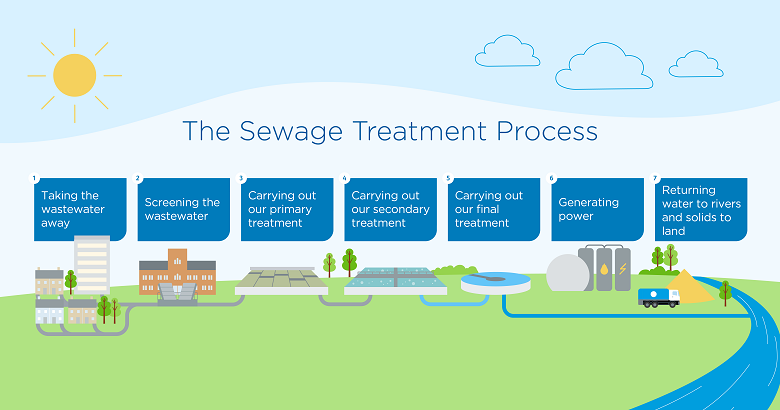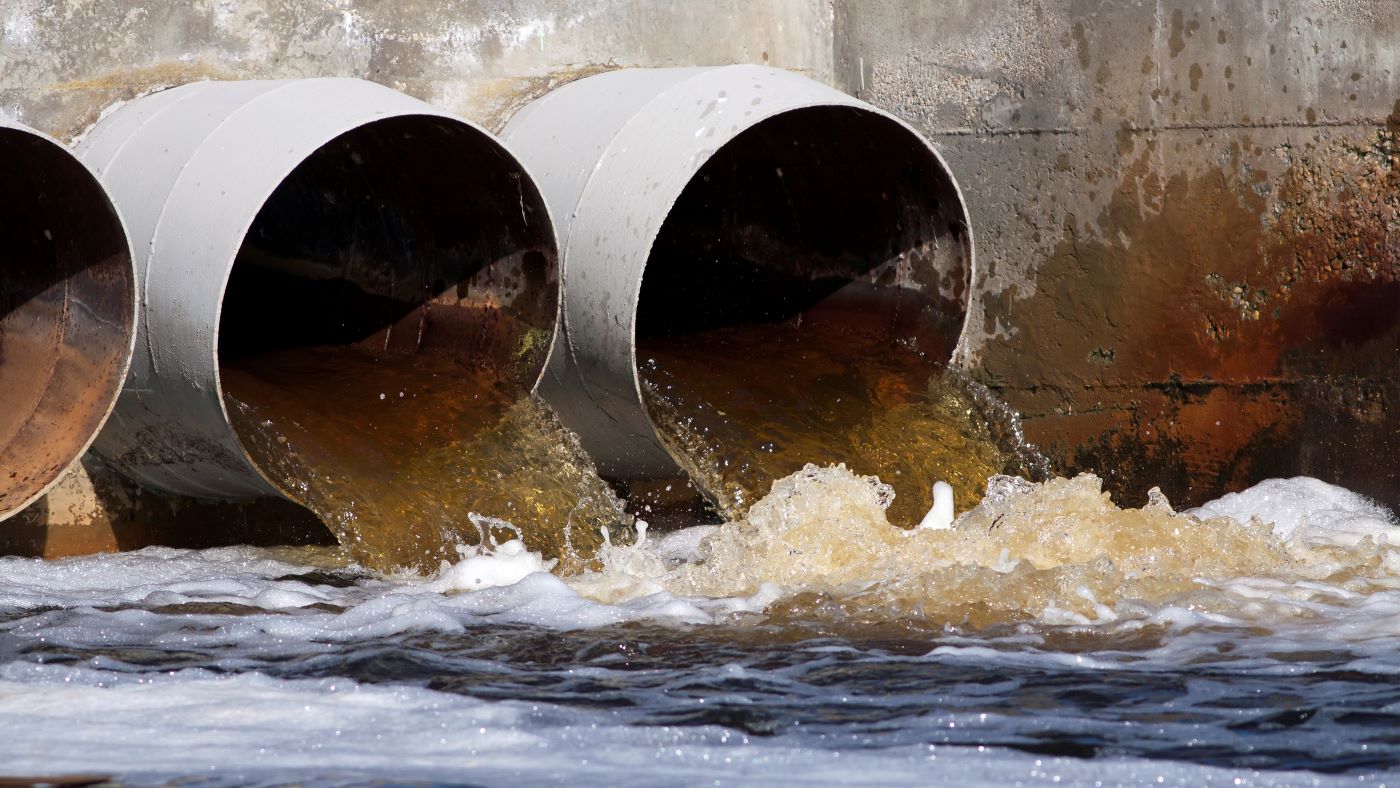Comprehensive Guide to Hazardous Waste Water Treatment Processes
Comprehensive Guide to Hazardous Waste Water Treatment Processes
Blog Article
Strategic Approaches to Enhance Drainage Treatment Performance and Reduce Ecological Effect
In the world of waste water treatment, the quest for improved performance and decreased environmental influence is a continuous challenge that requires calculated solutions. As society grapples with the essential to manage water sources sustainably, a nuanced strategy comes to be necessary. The combination of sophisticated therapy technologies, energy-efficient procedures, source recovery strategies, boosted nutrient elimination techniques, and wise surveillance and control systems stands for a multifaceted framework for addressing these pressing worries. However, what lies at the core of this complex internet of techniques is the potential to transform the method we approach waste water therapy, not simply as a process of disposal, however as a useful possibility for innovation and environmental stewardship.
Advanced Treatment Technologies
Innovative membrane layer filtering systems have actually revolutionized advanced wastewater treatment processes, substantially improving the elimination of impurities. This modern technology has actually shown to be highly effective in getting rid of a large range of impurities, including pharmaceuticals, heavy steels, and organic substances, which are frequently challenging to eliminate via standard treatment techniques.
Additionally, membrane filtration systems provide many advantages over standard treatment approaches. Furthermore, these systems are extremely versatile and can be conveniently integrated right into existing treatment plants or used as standalone systems for decentralized applications.
Energy-Efficient Procedures
The assimilation of energy-efficient processes in wastewater treatment systems is important for maximizing resource use and reducing functional prices. By carrying out energy-efficient technologies, therapy plants can significantly decrease their carbon footprint and total ecological impact. One vital strategy to improving power effectiveness in wastewater therapy is the utilization of innovative aeration systems, such as great bubble diffusers or surface area aerators, which can boost oxygen transfer effectiveness and lower power usage. In addition, integrating power recovery systems, like anaerobic food digestion for biogas manufacturing or using excess heat for thermal procedures, can help offset power demands and promote sustainability.
In addition, maximizing procedure control and automation with the use of advanced sensors and monitoring systems can boost overall power performance by changing operations in real-time based upon real need and problems. Applying energy audits and routinely checking energy performance signs are necessary techniques to identify locations for renovation and track energy-saving campaigns efficiently. Overall, the adoption of energy-efficient procedures in wastewater therapy not only profits the atmosphere however likewise adds to lasting expense financial savings and operational sustainability.
Source Healing Methods
With a concentrate on maximizing resource usage and sustainability in wastewater therapy systems, the application of source recovery techniques becomes an essential facet in enhancing functional effectiveness. Source recovery techniques in wastewater therapy entail the recognition and extraction of beneficial sources from the waste stream, thus turning what was when considered waste into a beneficial asset. By executing source healing strategies such as nutrient removal and healing, energy generation from raw material, and the production of recyclable water, wastewater therapy plants can lessen ecological effect while maximizing performance.

Boosted Nutrient Removal Techniques
Executing innovative nutrient elimination methods is necessary for enhancing the effectiveness of wastewater treatment systems. One of the key strategies utilized for enhanced nutrient elimination is the process of organic nutrient elimination (BNR), which includes the elimination of nitrogen and phosphorus through organic procedures.

In enhancement to BNR, advanced treatment methods such as membrane bioreactors (MBRs) and internet constructed marshes can likewise be employed to improve nutrient removal effectiveness. MBRs utilize membranes to accomplish premium effluent requirements by efficiently removing nutrients and put on hold solids. Built marshes imitate all-natural marsh procedures to remove nutrients via plant uptake, microbial task, and sedimentation. By incorporating these sophisticated nutrient removal techniques right into wastewater treatment communities, systems and industries can successfully decrease nutrient air pollution and secure the environment.
Smart Tracking and Control Systems
Making use of advanced innovation, the integration of clever monitoring and control systems transforms the operational efficiency of wastewater treatment facilities. These systems include advanced sensing units and data analytics to constantly keep an eye on vital criteria such as pH degrees, turbidity, dissolved oxygen, and circulation prices in real-time. By accumulating and examining this data, operators can get important insights into the performance of the therapy procedures, allowing aggressive adjustments to enhance therapy efficiency.
Smart surveillance and control systems also sustain remote surveillance capabilities, allowing Web Site operators to access real-time information and control functions from off-site areas. This remote availability improves operational flexibility and responsiveness, making it possible for swift interventions in situation of system breakdowns or changes in influent high quality. The predictive maintenance capabilities of these systems help prevent tools failings and minimize downtime, eventually improving the general dependability of wastewater treatment procedures.
Final Thought
In final thought, strategic techniques such as innovative therapy modern technologies, energy-efficient procedures, resource recuperation strategies, boosted nutrient elimination strategies, and smart tracking and control systems play a vital role in boosting wastewater treatment performance and minimizing ecological effect. By implementing these methods, wastewater therapy plants can enhance their general performance, reduce power consumption, recoup beneficial resources, and make sure conformity with environmental regulations. These methods are important for reliable and sustainable wastewater administration practices.

In verdict, strategic techniques such as innovative therapy modern technologies, energy-efficient processes, resource recovery approaches, improved nutrient elimination methods, and smart tracking and control systems play an important function in boosting wastewater therapy effectiveness and lessening ecological effect.
Report this page